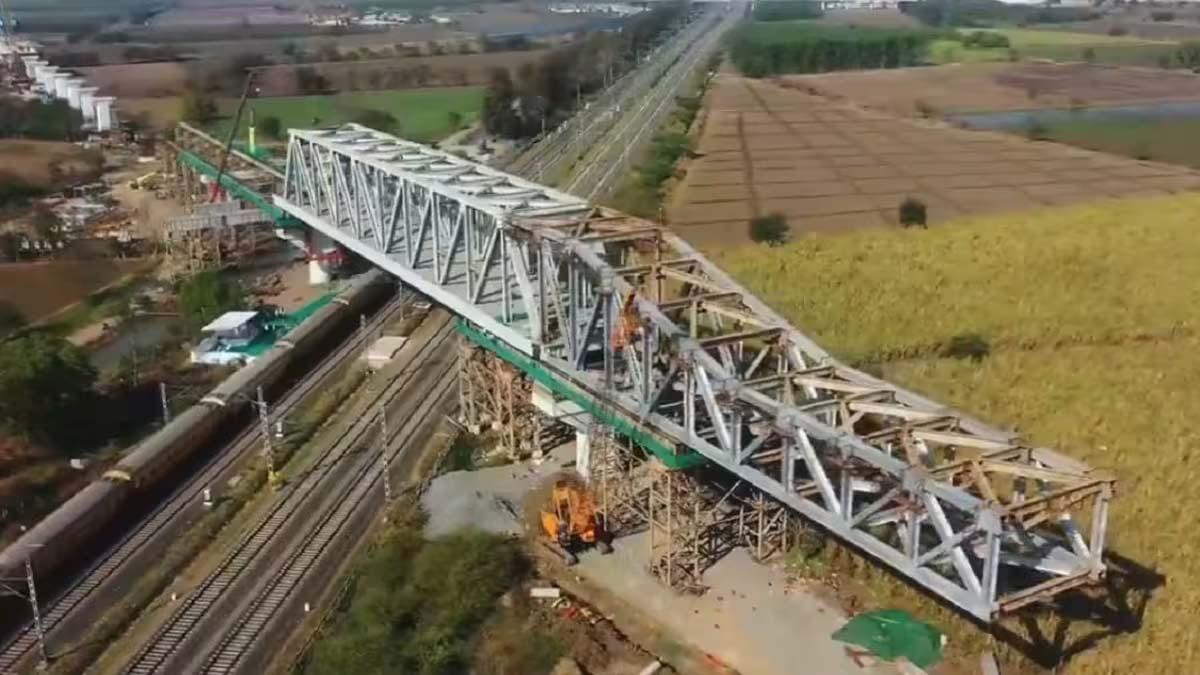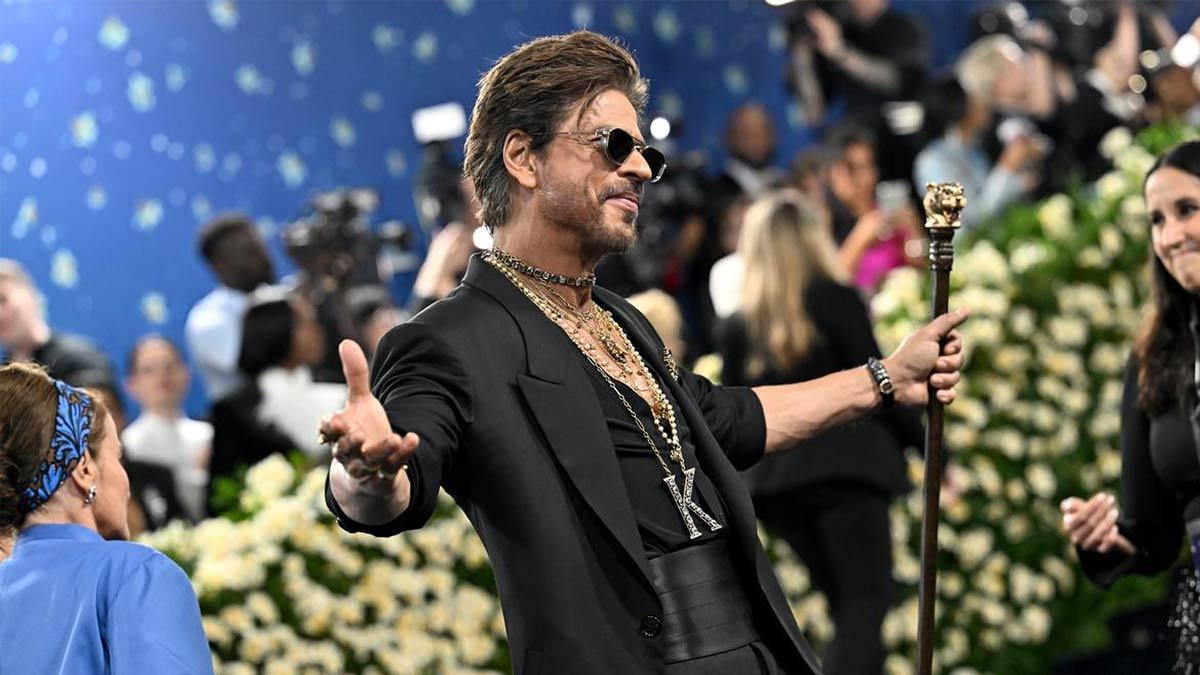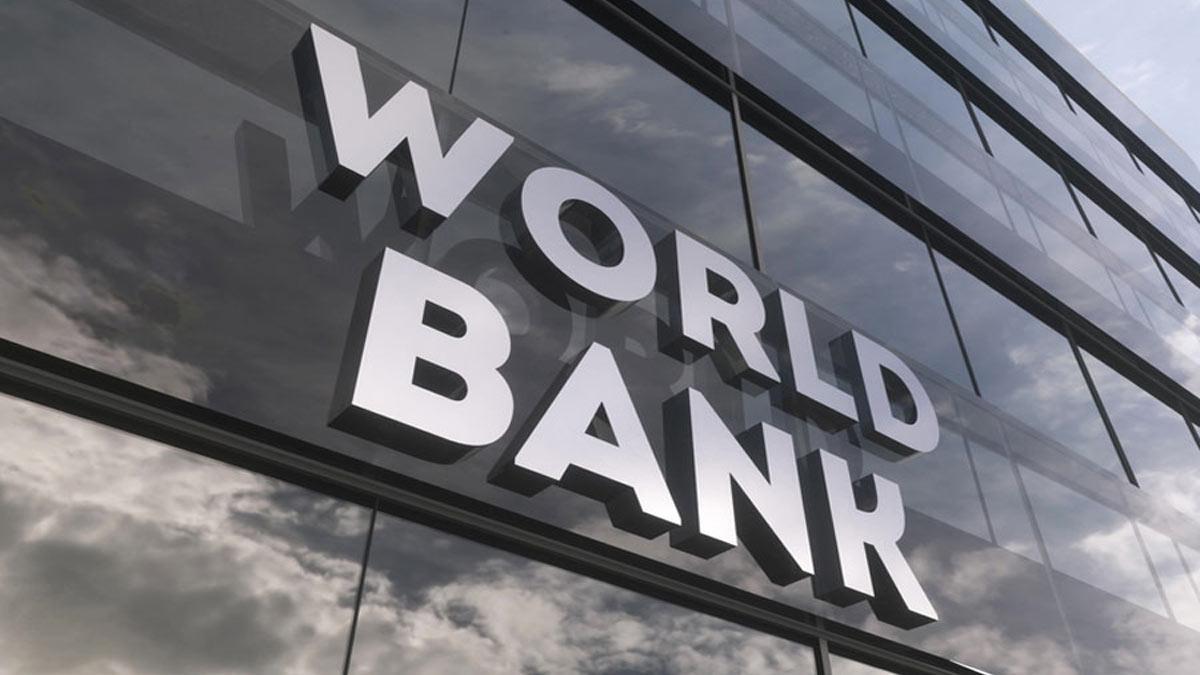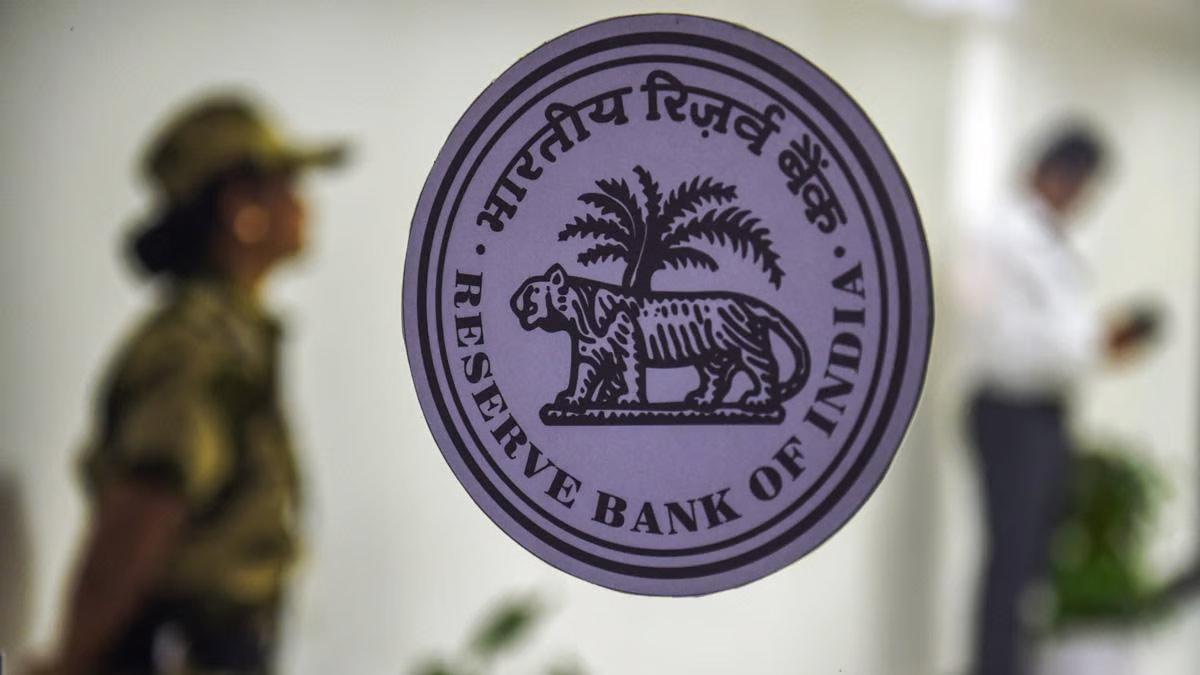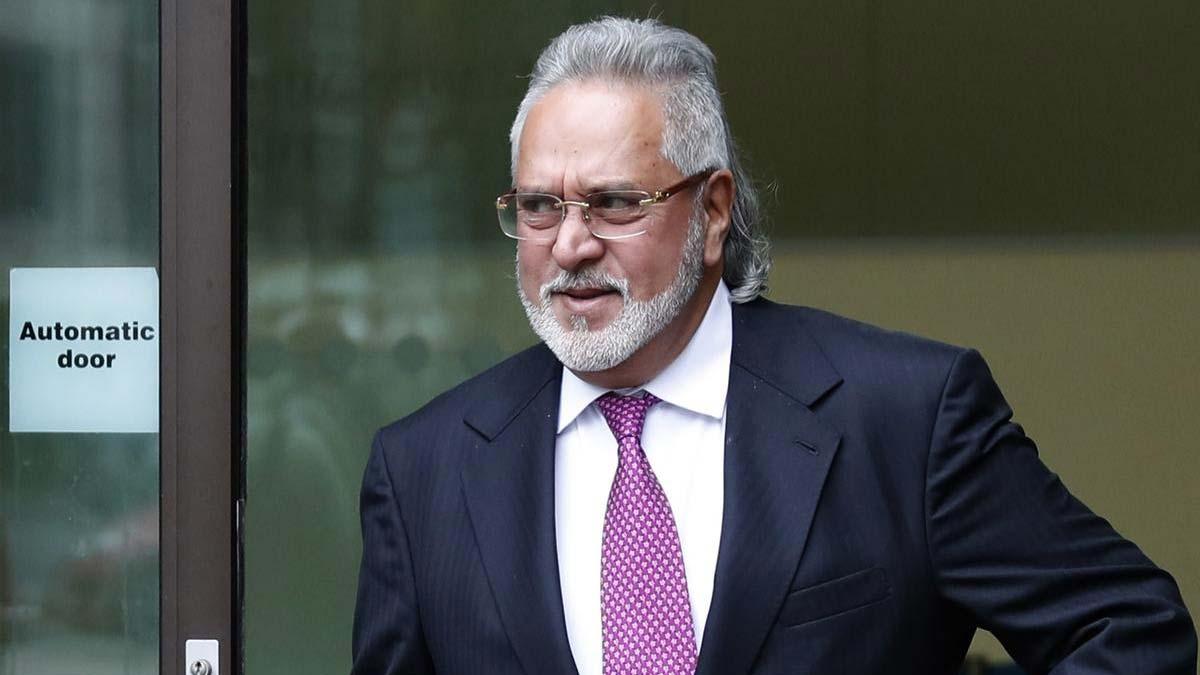A 100-metre-long steel bridge has been constructed in Gujarat's Surat for the Mumbai-Ahmedabad Bullet Train Project.
This bridge has been developed by the National High-Speed Rail Corporation Limited (NHSRCL) and crosses over four railway tracks, including two tracks of the Western Railway and two tracks of the Dedicated Freight Corridor Corporation of India (DFCCIL) between Kim and Sayan.
The two spans include 100 meters and 60 meters, respectively, with a configuration similar to that of a double-track rail system.
The 100-meter span, weighing 1,432 metric tonnes, was launched between January 28 and February 5 over the Western Railway and DFCCIL tracks. The 60-metre span would be placed over an adjacent irrigation canal at the construction site. For this infrastructure work, four key railway tracks and an irrigation canal had to be crossed; thus, its passage would not interfere with the future high-speed rail network.
To install the 100-metre-long steel bridge, an 84-metre-long launching nose, weighing 525 metric tons, was utilised. The 14.3-metre-wide bridge was assembled at an RDSO-approved workshop in Bhuj, Gujarat, and transported by road to the installation site.
The temporary structure at the Ahmedabad end enabled the execution of the bridge assembly at a height of 14.5 metres above ground level. Two semi-automatic jacks, each having a capacity of 250-ton, were used to pull the structure precisely into position using 50mm diameter Mac-Loy bars. The pier height at the site is 12 meters, and it was reinforced with approximately 60,000 Tor-Shear Type High Strength (TTHS) bolts that are designed to last for 100 years.
The bridge is also painted with a C5 system and rests on elastomeric bearings to increase its durability. Temporary traffic blocks were used on both the Western Railway and DFCCIL tracks to ensure safety and accuracy during the launch.
These blocks were planned in phases to minimize disruption to regular train and freight services while ensuring smooth installation of the bridge.
The project is increasingly using India's domestic resources for high-speed rail construction with Japanese technical expertise.
The Surat bridge is the sixth steel bridge constructed along the Gujarat section of the Bullet Train corridor, out of the 17 planned steel bridges.
The remaining five completed bridges are a 70-metre bridge in Surat, a 100-metre bridge in Anand, a 230-metre bridge in Vadodara (Mumbai Expressway), a 100-metre bridge in Silvassa (Dadra and Nagar Haveli), and a 60-metre bridge in Vadodara.
Read also| Gold Reaches All-Time High of ₹8,432 per Gram Amid Geopolitical Uncertainties
Read also| Indian Stock Market Trades Flat Ahead of RBI MPC Meeting

